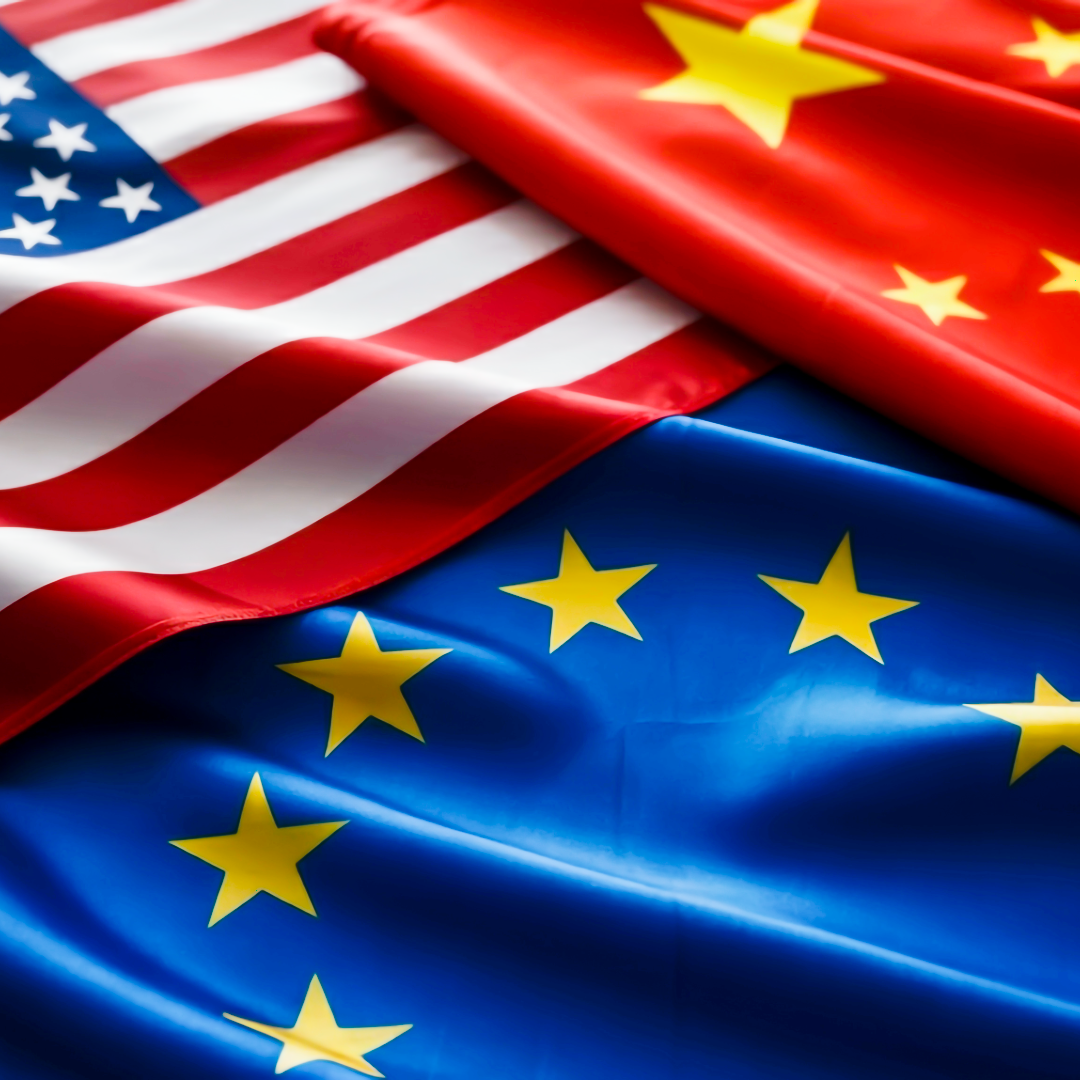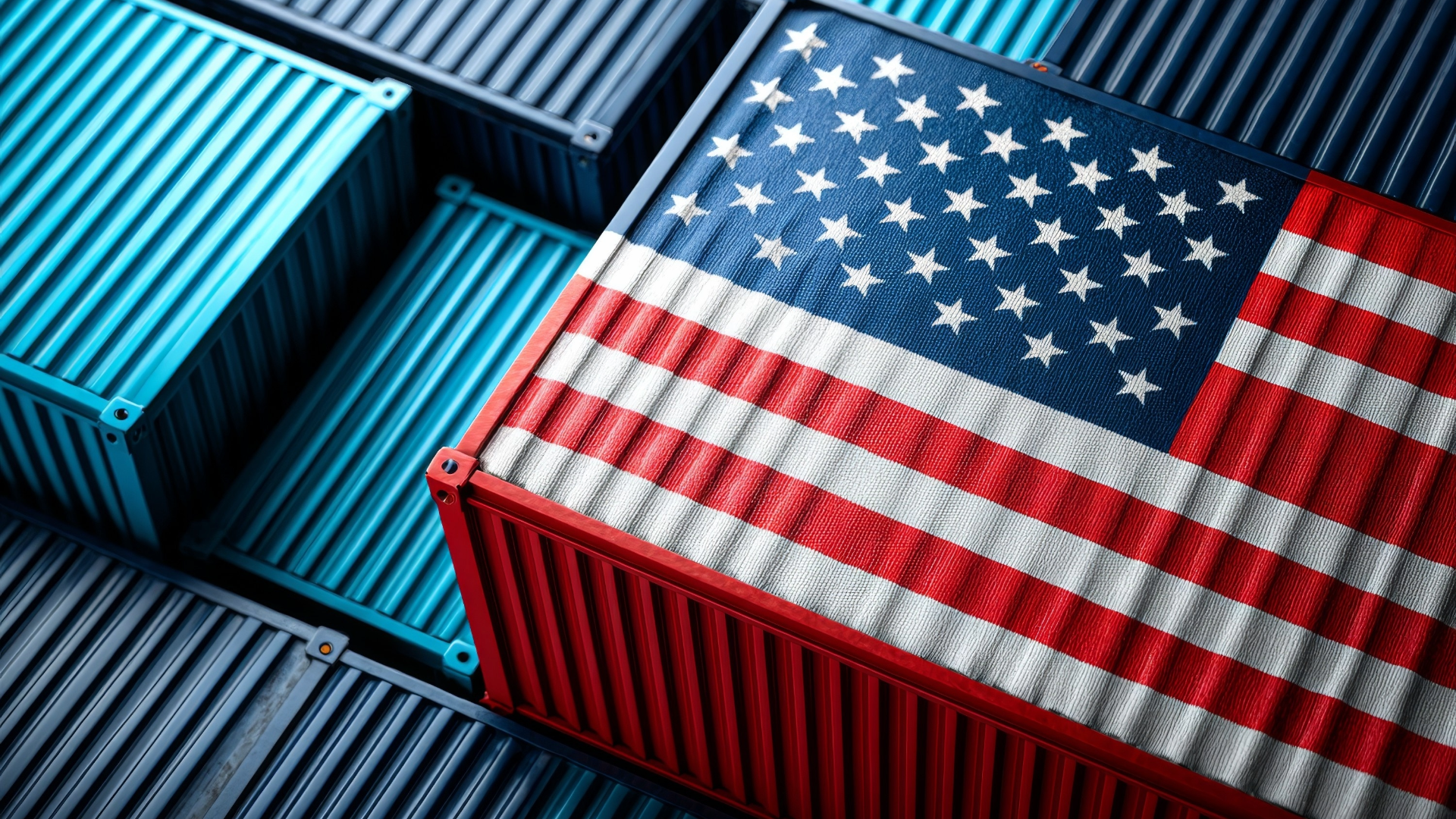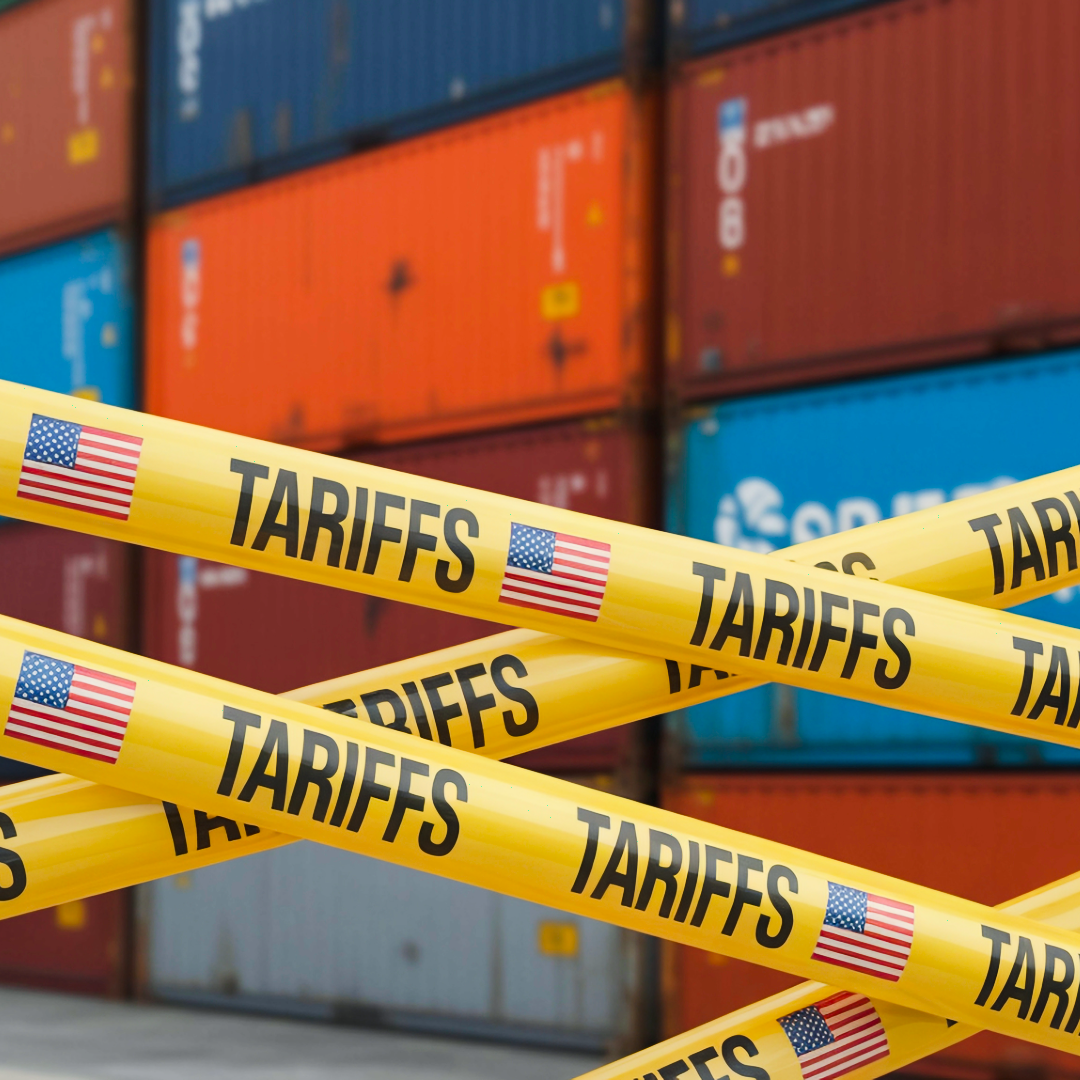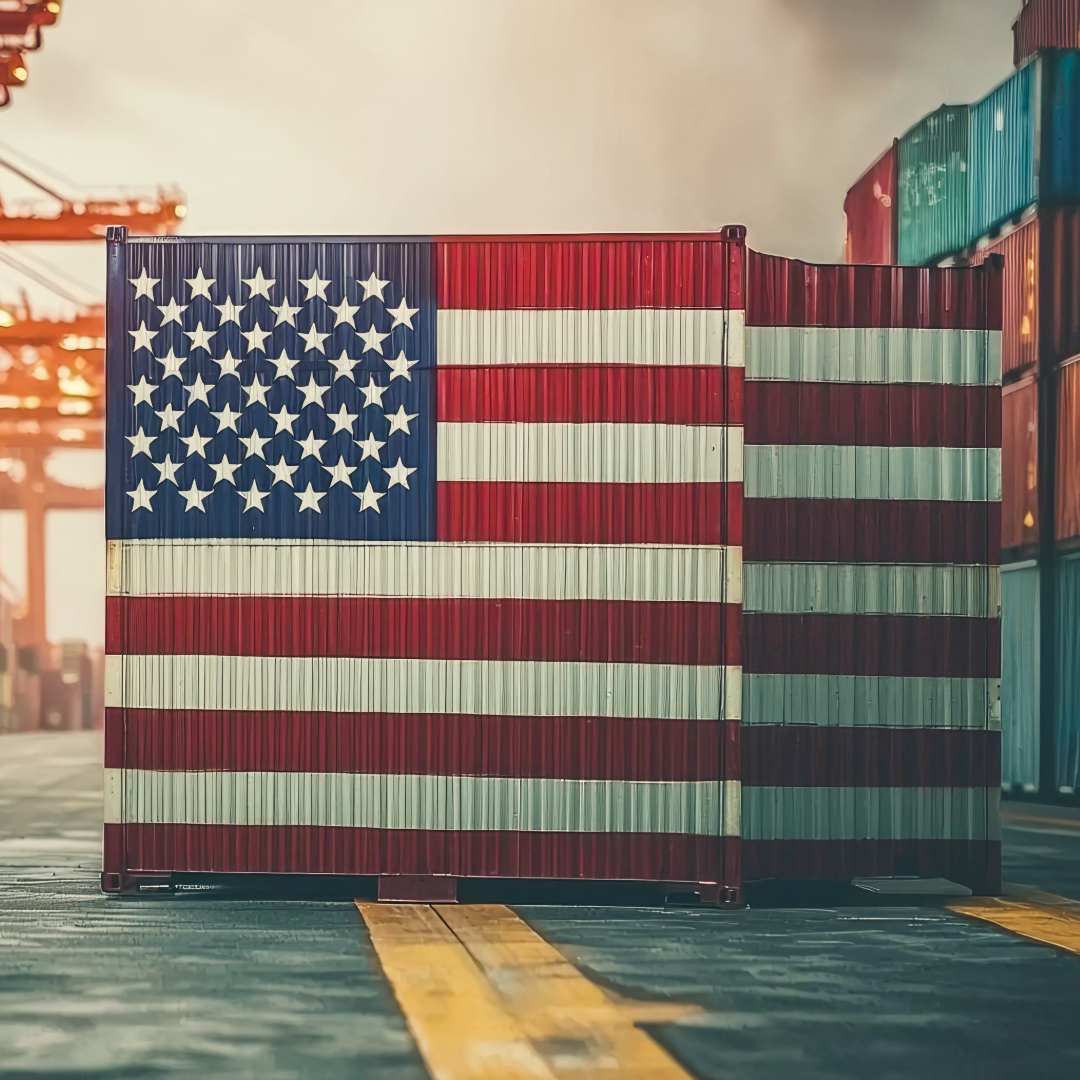What's New
Explore our latest reports and pieces
Explore our latest reports and pieces
.png)
An Investigation of US Tariff Deal Priorities and Government Responses, including an Annex with Annotated Tariff Deal Texts.

This Booklet provides visual summaries of the tariff-related deals. We compare the deals' core commitments and their implementation status and provide detailed overviews of the content of each deal, identifying core pledges and conflicting statements. The Booklet only covers agreements where both parties have published official statements about them.

This blog breaks down US tariff stacking, i.e. how multiple tariffs can apply to the same imported product under different trade actions. It examines Executive Order 14289, its modifications, alongside other stacking rules announced since April 2025. The piece explains which tariff regimes follow hierarchy rules versus those that accumulate.







.png)



